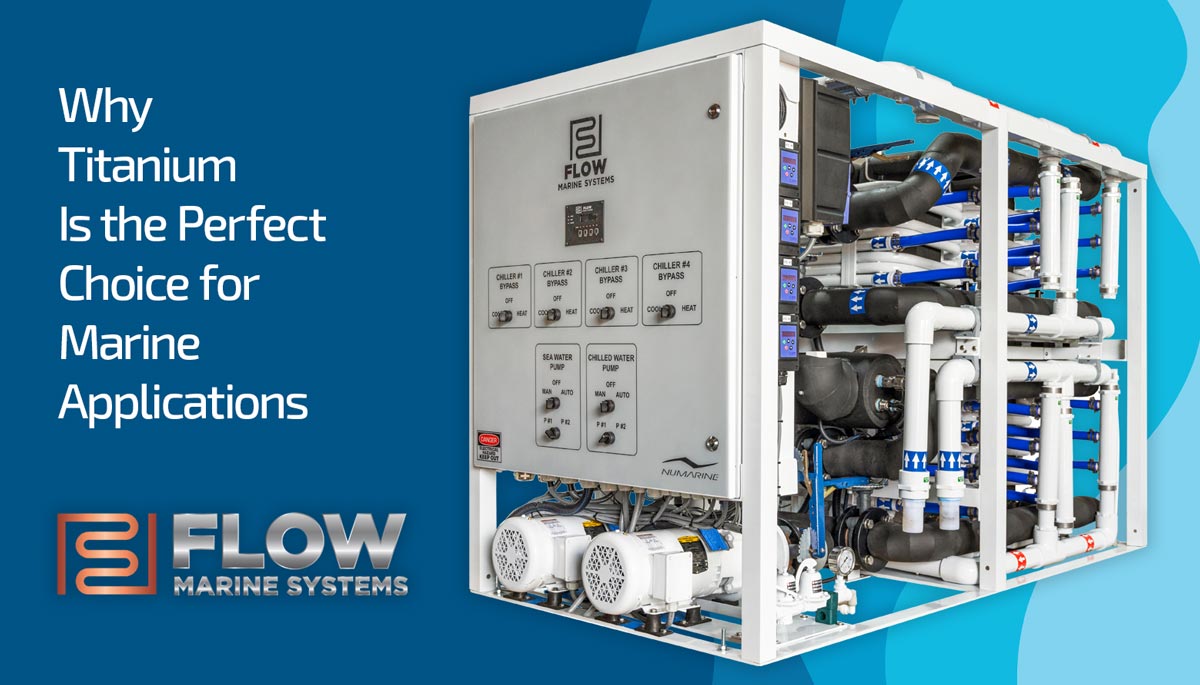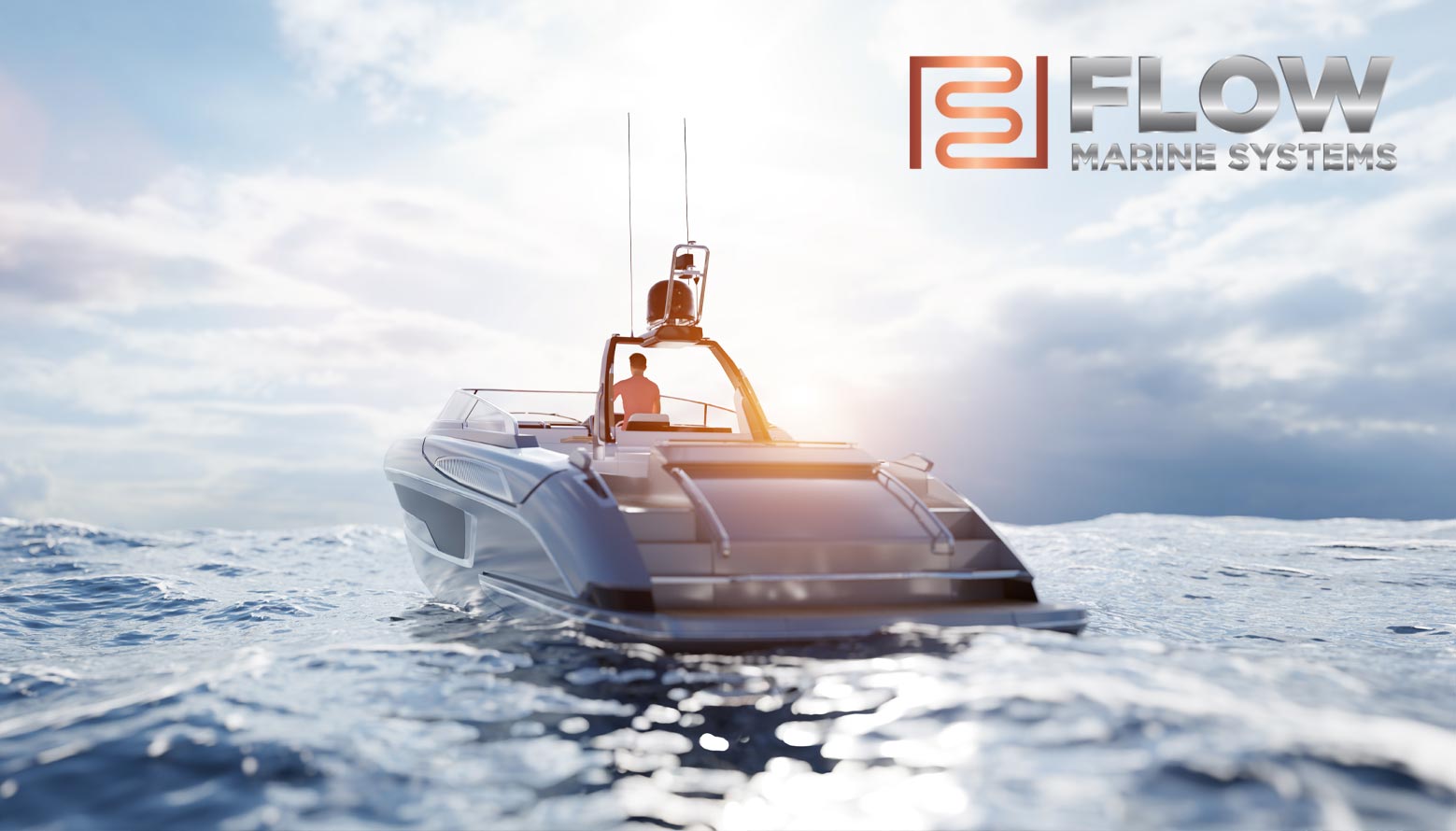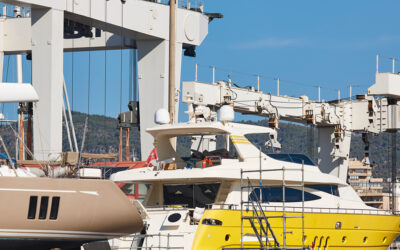Historically, wooden ships didn’t rust—they rotted. Steel ships don’t rot—they rust. The constant battle against seawater corrosion remains a significant challenge for vessels navigating the oceans.
The Challenge of Saltwater Corrosion
Saltwater corrosion affects not only the hull of a ship but also machinery, pumps, piping, and rigging—essentially, any component exposed to seawater. With the ocean covering 68% of the Earth’s surface, this is a pervasive issue. It’s estimated that marine corrosion costs the global shipping industry between $50 and $80 billion annually, according to the Association for Materials Protection and Performance (AAMP). Without regular maintenance, any ship will experience reduced efficiency, higher costs, and eventually, be decommissioned due to severe damage.
Combating Saltwater Corrosion
To combat saltwater corrosion, the primary strategies involve using better materials, applying protective coatings, and investing in manpower for maintenance. Of these, using superior materials offers the most cost-effective solution. When protecting metal assets on a ship, you have three options: prevent corrosion, protect against it, or repair the damage after it occurs. Titanium is increasingly becoming the material of choice for preventing seawater-induced material loss.
The Benefits of Titanium in Marine Applications
Titanium is completely resistant to saltwater, ensuring no corrosion or erosion damage over the long term. This nearly eliminates replacement and maintenance expenses, and it protects connected machinery from catastrophic damage due to saltwater intrusion. Key systems like engines, compressors, gearboxes, and HVAC packages benefit significantly from titanium’s protective qualities.
Addressing the Misconceptions About Titanium
Despite its advantages, titanium isn’t yet widely used in the marine industry, mainly due to misconceptions about its cost and usability. Common objections include beliefs that titanium is:
- Expensive as a raw material.
- Difficult to weld, cast, or machine.
- In short supply.
- Not offering a superior Return on Investment (ROI).
While these points had some historical basis, advancements in CNC machining, additive manufacturing, and an expanding global supply chain have significantly reduced the cost of finished titanium products. The aerospace industry, which consumes over 70% of annual titanium production, demonstrates the material’s feasibility and cost-effectiveness.
Long-Term ROI and Benefits of Titanium
Titanium offers a compelling long-term ROI. Consider marine heat exchangers: a copper-nickel heat exchanger on a 250-foot yacht might last 4-7 years, requiring replacement multiple times over a 20-year vessel life. In contrast, a titanium heat exchanger, though initially 50% more expensive, would not need replacement. The ROI starts to favor titanium within five years, considering the costs of repeated replacements and associated shipyard work for copper-nickel units.
Understanding Marine Corrosion
The primary type of corrosion in marine environments is galvanic corrosion, occurring when two metals with different galvanic potentials are in contact with seawater and have an electrical path between them. Titanium, being a highly noble metal, will not corrode, but it can cause other metals to corrode if galvanic conditions are met.
A Brief History of Titanium in Marine Service
Discovered in 1791, titanium saw commercial production in the 1930s and military applications during WWII. Its high strength, zero corrosion, and lightweight made it ideal for submarine construction during the Cold War. Post-WWII, aerospace applications quickly overtook marine use due to titanium’s superior properties and the aerospace industry’s rapid expansion.
Modern Considerations for Titanium in Marine Use
Today, titanium is getting renewed attention for marine applications. It proves ideal for constructing marine heat exchangers due to its zero corrosion and erosion, lighter weight, and unlimited service in saltwater. The main challenges remain its higher material costs and the specialized skills required for fabrication.
Comparing Titanium to Copper-Nickel Equipment
While commercial titanium costs more than $25 per pound, focusing solely on this initial cost is misleading. Copper, though cheaper and readily available, is prone to galvanic corrosion and erosion. Titanium, despite its higher initial cost, remains virtually unaffected by seawater, offering superior reliability and a better ROI over time.
In conclusion, titanium’s complete resistance to marine corrosion, combined with advances in manufacturing technology and a better understanding of long-term costs, make it an increasingly viable and cost-effective choice for marine applications.





